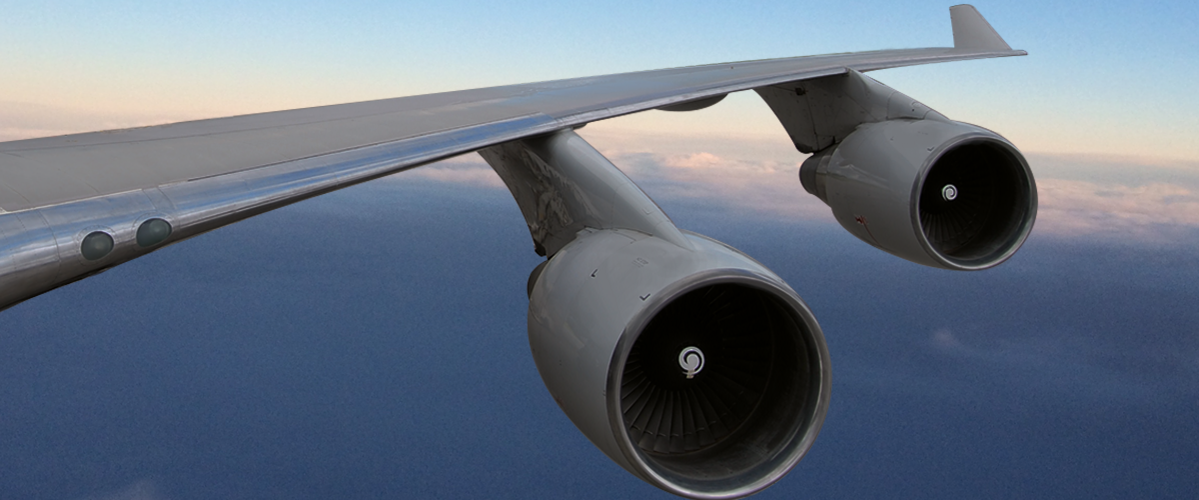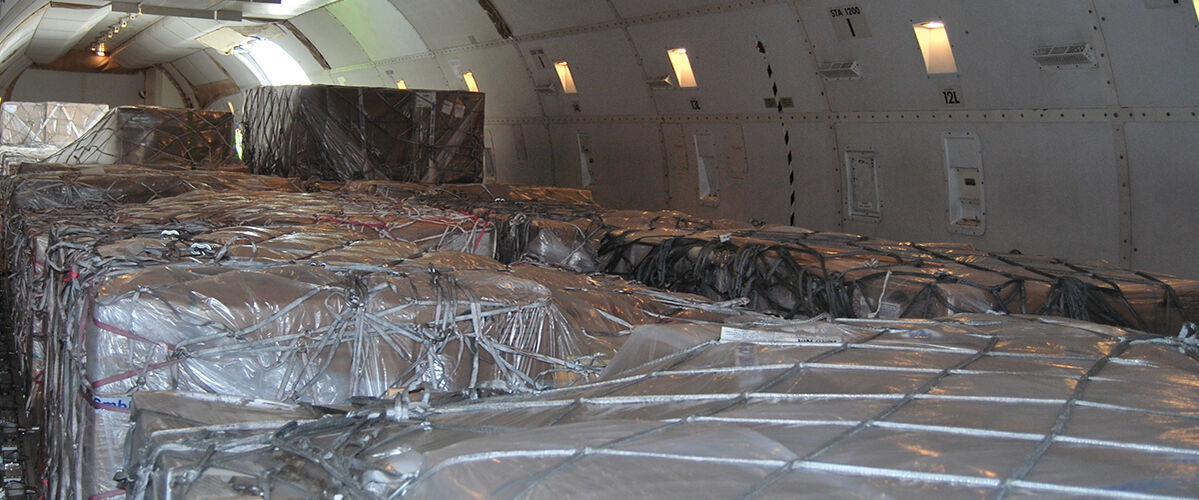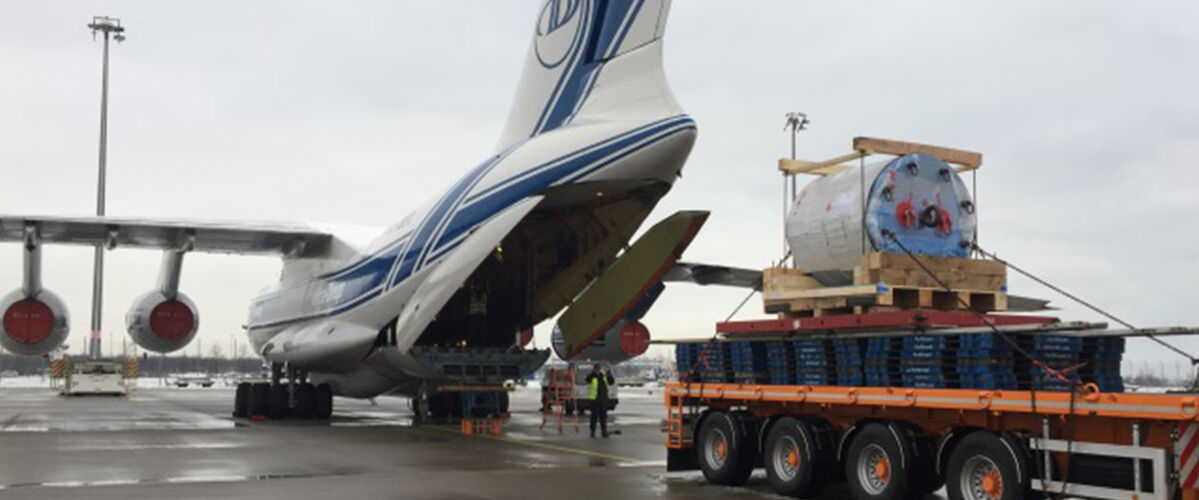Which transport options are available for international shipping via air freight and which points need to be paid attention to?
There are generally two options for goods to be shipped via airfreight: transportation via passenger aircraft (belly freight/lower deck) or via cargo only aircraft (freighter/main deck). In this article, we provide an overview of the general parameters that must be considered in order to chose one option or the other. We also have a look at the advantages of each option. Thirdly, we provide you with a general formula for calculation of air freight rates.
Belly Freight: transportation of goods via passenger aircraft
With this shipping option, goods are transported in the lower deck of a passenger aircraft. Many airlines combine cargo transportation with passenger traffic to reach a better occupancy rate of the space available on a flight.
Many aircrafts in freighter service have the same segmentation as passenger aircrafts.
When is shipping via belly freight a suitable option?
The nature of goods and the consignment’s weight and measurements are important parameters that need to be checked. Technical preconditions of the aircraft limitation for both – for example, the height of a passenger aircraft’s lower deck limit the maximum height of cargo pieces. As a general rule, the maximum height of a cargo piece shipped on a passenger aircraft is limited to 160cm. Restrictions also apply regarding width and length. These vary by type of aircraft.
CAO or PAX: Does the nature of goods allow for transportation in a passenger aircraft?
Security standards and security checks in passenger aviation are higher than for cargo-only aviation. That includes limitations as to which types of substances are allowed on the aircraft. If, for example, a consignment includes substances classified as dangerous goods, this needs to be taken into account when planning an air freight shipment. Are the substances permitted to be transported via passenger aircraft or must they be shipped via freighter? Security standards are set by the IATA – the International Air Transport Association.
Important to know: These security standards apply, even if there is only a residual amount of a substance classified as dangerous goods included in the consignment. Common examples are oil residues inside machinery and goods which are equipped with batteries or fire extinguishers.
Air freight solutions for voluminous shipments
The second option for transporting air cargo shipments is via freighter. Common aircraft types are for example Boeing freights or McDonell Douglas (MD-11).
Cargo height and weight are often “pro-freighter” criteria
Generally, freighters allow for higher limits regarding maximum weight and measurements of cargo pieces than passenger aircrafts do. For a Boeing 747F for example, maximum height is 300cm per cargo piece while with a 747 used in passenger aviation, height limit is 160cm. Actual weight and measurement limitation however vary depending on what type of freighter aircraft is used. Thus a case-by-case check is necessary. Background is that many aircrafts in freighter service have the same segmentation as passenger aircrafts – a main deck (which corresponds to the passenger cabin in passenger aviation) and a lower deck. This segmentation leads to a more efficient use of space for the airline.
Compared to passenger aviation, the flight frequency is less in cargo aviation when using liner service. On the main routes, airlines often offer one departure per day (compared to two to three in passenger aviation). For some routes, there might be two to three departures per week.
Charter Service – the alternative to freighters in liner service
Part- and full-charters are possible for cargo aircrafts.
How are air freight rates calculated? Here is a general formula
Air freight rates are calculated by kg. A minimum rate always applies even if a consignment is very small. Apart from minimum-rate shipments, the “Chargeable Weight” of a consignment is relevant for rate calculation. The “Chargeable Weight” is either the gross weight or the “volume weight” of a shipment – whichever is higher. That is because space and weight are the limiting parameters in aviation.
The volume weight is calculated by multiplying length x width x height of a consignment and dividing the result by 6.000mm³.
For example: A package measure 280cm x 120cm x 140cm (l x w x h). Its weight is 590kg. Calculating the volume weight:
280cm x 120cm x 140cm = 4,704m³
4,704m³:0,006m³ = 784
As 784 is higher than 590, the volume weight is taken for calculating the airfreight rate – that is, the “Chargeable weight” of the shipment is 784kg.





